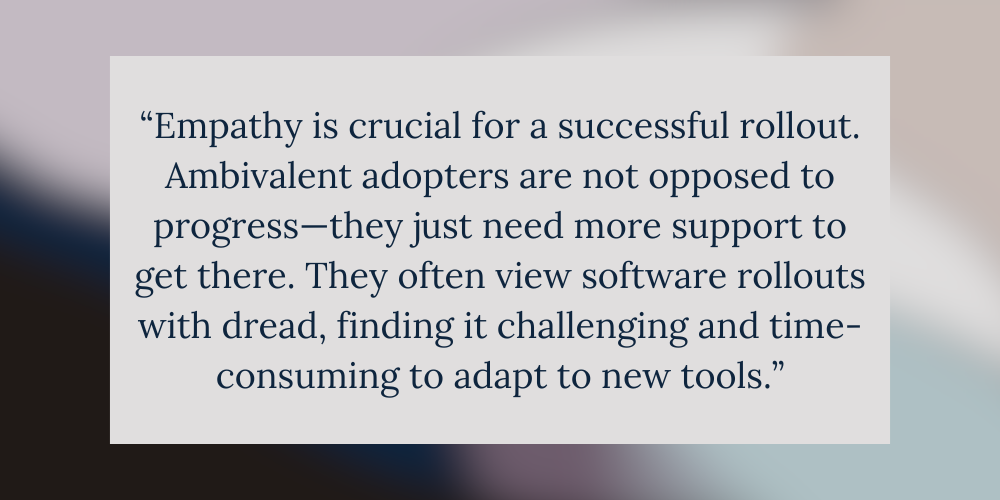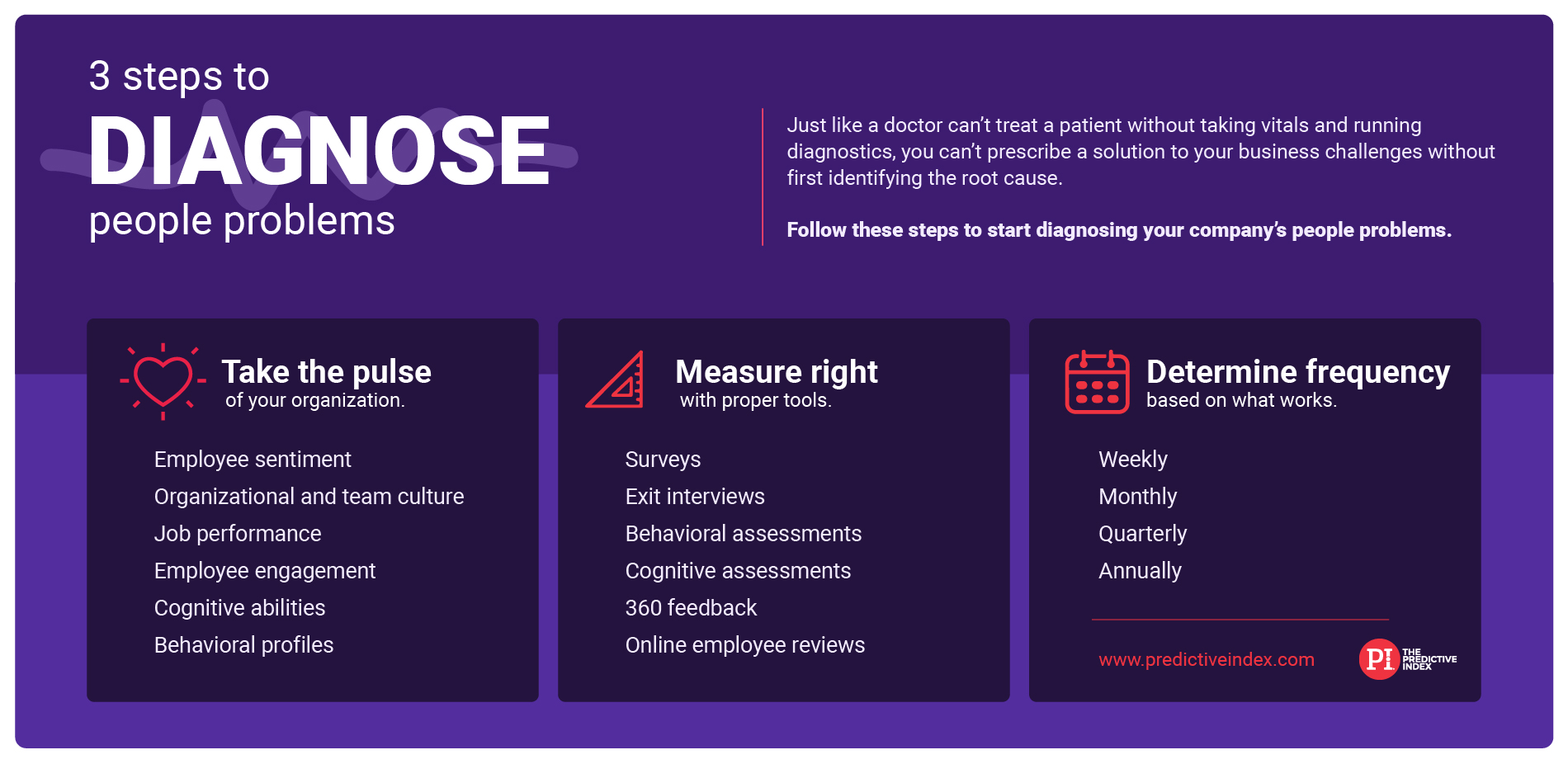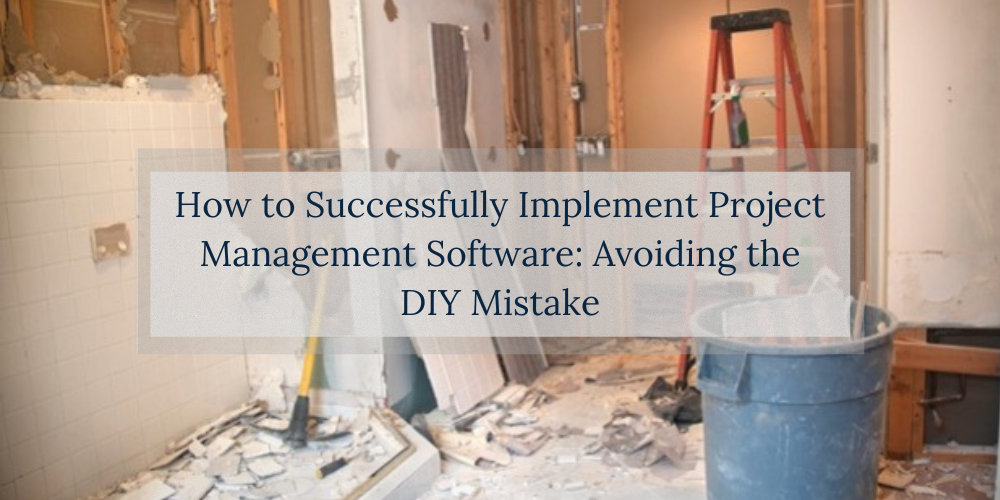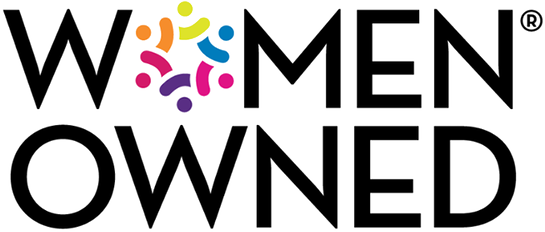Implementing new software can be a game-changer for any agency, but it’s also fraught with potential pitfalls. As someone who has overseen countless software rollouts, I’ve seen firsthand how these initiatives can derail. Here’s a look at the most common misconceptions and what you can do to ensure a successful rollout.
Common Misconceptions in Software Rollouts:
- Promotion and Documentation Can Wait: Many believe that promoting the software launch and creating documentation can wait until the last minute. In reality, preparation and communication should begin well in advance to build anticipation and readiness.
- Traditional Training Methods Are Sufficient: Relying solely on in-person workshops, lengthy PDFs, and long videos is a common misstep. While these methods have their place, they often fail to engage all learning styles. Diversifying your training approaches is crucial.
- Inconsistent Training Materials Are Fine: Training materials that look different across various systems can confuse end users. Consistency is vital to ensure a seamless learning experience.
- Pulling Employees from Their Jobs Is Necessary: It’s a misconception that pulling people away from their jobs for training is the best approach. This can disrupt productivity and frustrate your team. Finding a balance that integrates training into their daily routines is more effective.
- Ongoing Enablement Isn’t Important: Once the initial onboarding is complete, many assume the job is done. Ongoing support and continuous learning opportunities are essential for long-term success.
- Help Desk Teams Don’t Need Special Training: Overlooking the help desk team’s experience with the new tool can lead to poor support for end users. They need to be well-prepared to handle issues and questions.
- Users Will Learn as They Go: Failing to provide in-context learning opportunities can hinder adoption. Teaching end users how to use software while they’re using it is far more effective.
The Biggest Misconception: Focusing Solely on Technical Setup
One of the most significant errors agencies make is concentrating too much on the technical setup and data migration while neglecting employee change management. Assuming that every end user will be equally enthusiastic about the new tool and procedures is not just optimistic—it’s unrealistic.
Understanding the Challenge of Change
Most people resist change, and some are more reluctant to embrace new technology and processes than others. These “ambivalent adopters” aren’t lazy or unmotivated—they simply prefer stability over the disruption of learning new systems.
Empathy Is Key
Empathy is crucial for a successful rollout. Ambivalent adopters are not opposed to progress—they just need more support to get there. They often view software rollouts with dread, finding it challenging and time-consuming to adapt to new tools.

How to Overcome Misconceptions and Ensure Success
The good news is that with the right approach, you can drive higher adoption rates and ensure a smooth software rollout, even for the most change-resistant users.
What to Stop:
- Expecting users to memorize a long list of SOPs
- Creating training that doesn’t prioritize the user experience
- Getting frustrated with those who resist change
- Assuming employees will seek out information on their own
What to Start:
- Understanding each ambivalent adopter’s perspective and needs
- Tailoring training to be engaging, relevant, and reassuring
- Embedding instructions within the tools to minimize context switching
- Making knowledge easily accessible and actionable at the moment of need
Final Thoughts
Software rollouts don’t have to be overwhelming. By addressing common misconceptions and focusing on comprehensive change management, you can turn a daunting task into a seamless transition. At KF Strategies, we believe in going beyond the technical setup to provide ongoing support that ensures your team is not just ready, but eager to embrace new tools.
If your agency is preparing for a software rollout, let’s work together to make it a success. Book a Discovery Call and let’s get started.





